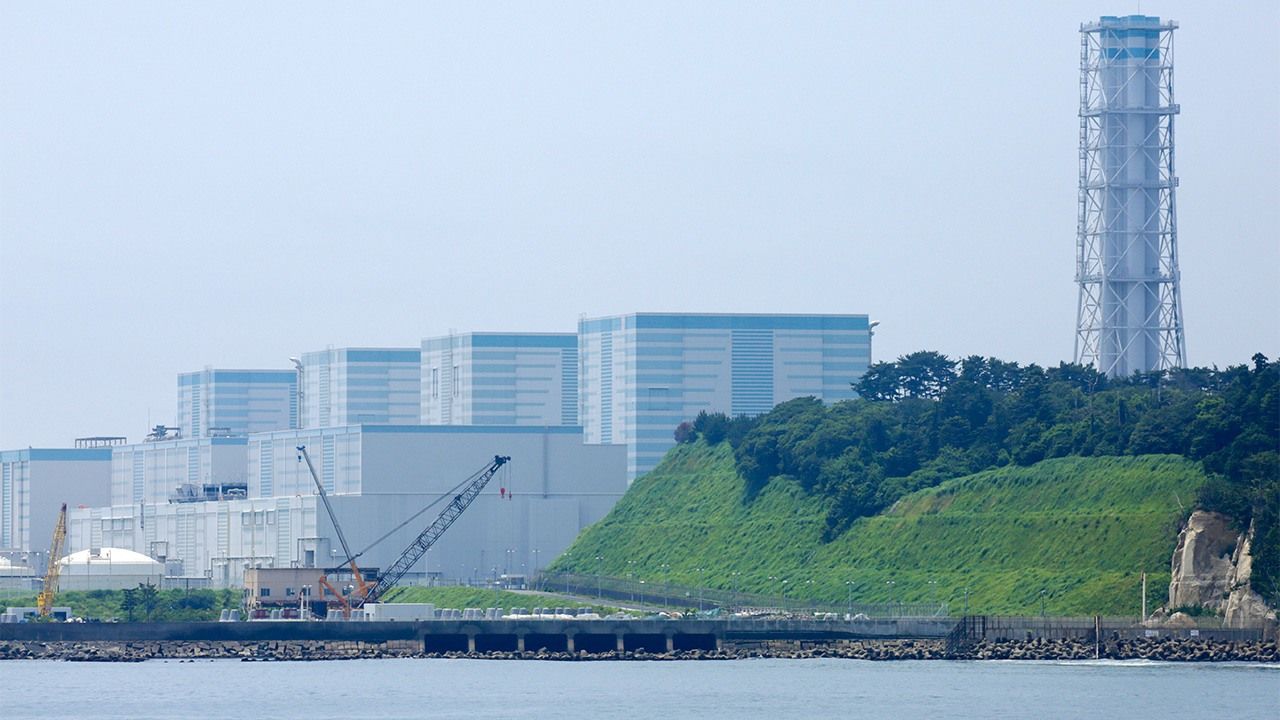
The History of Nuclear Power in Fukushima
Society Economy- English
- 日本語
- 简体字
- 繁體字
- Français
- Español
- العربية
- Русский
The Jōban Coalfield, located partly in Fukushima Prefecture, played a major role in Japan’s industrialization from the Meiji period (1868–1912) as a site of coal mining not far from the Tokyo metropolitan area. During the peak production period of the late 1950s, a total of 130 coal mines were in operation, with annual output reaching 4.3 million tons. The shift toward oil in the 1960s, however, led to one mine closing after another. In 1976, the history of coal mining in Fukushima Prefecture came to an end with the closure of the last mining operation.
Around the time the coal industry was entering its period of decline, Fukushima Prefecture began to focus on attracting nuclear power plants, which were seen as a source of energy for a new era. On the northern edge of the Jōban Coalfield, Tokyo Electric Power Company (TEPCO) built its Fukushima Daiichi and Fukushima Daini nuclear power plants. This meant that Fukushima continued to play the role of an energy supplier to Tokyo.
The nuclear accident at the Fukushima Daiichi Nuclear Power Plant, caused by the tsunami of March 2011, led to severe radioactive contamination. This forced the long-term evacuation of local residents and dealt a serious blow to agriculture and fishing in the surrounding area. Ultimately, TEPCO decided to scrap all 10 of its reactors in Fukushima, including the Daini plant whose operations it had sought to resume, and Tōhoku Electric Power withdrew its plan to build the Namie-Odaka Nuclear Power Plant.
| September 1961 | The town council of Ōkuma in Fukushima Prefecture passes a resolution to invite Tokyo Electric Power Company (TEPCO) to build a nuclear power plant in Fukushima. |
| October 1961 | The town council of Futaba in Fukushima Prefecture passes a resolution inviting TEPCO to build a nuclear power plant in Fukushima. |
| January 1963 | Fukushima Prefecture announces it has invited TEPCO to build a second nuclear power plant in Fukushima. |
| January 1968 | Tōhoku Electric Power decides to consider the town of Namie in Fukushima Prefecture as a possible site for a nuclear power plant. |
| March 1971 | Fukushima Daiichi reactor 1 begins operations. |
| July 1974 | Fukushima Daiichi reactor 2 begins operations. |
| March 1976 | Fukushima Daiichi reactor 3 begins operations. |
| April 1978 | Fukushima Daiichi reactor 5 begins operations. |
| October 1978 | Fukushima Daiichi reactor 4 begins operations. |
| October 1979 | Fukushima Daiichi reactor 6 begins operations. |
| April 1982 | Fukushima Daini reactor 1 begins operations. |
| February 1984 | Fukushima Daini reactor 2 begins operations. |
| June 1985 | Fukushima Daini reactor 3 begins operations. |
| August 1987 | Fukushima Daini reactor 4 begins operations. |
| March 2011 | On March 11, the Great East Japan Earthquake and subsequent tsunami causes a major nuclear accident with core meltdowns and structural explosions at Fukushima Daiichi reactors 1–4. This is later rated as a Level 7 event on the International Nuclear Event Scale, matching the Chernobyl disaster. |
| Cold shutdown of the Fukushima Daini plant four days after the Great East Japan Earthquake. | |
| April 2012 | Fukushima Daiichi reactors 1–4 decommissioned. |
| March 2013 | Tōhoku Electric Power Company abandons its plan to build Namie-Odaka Nuclear Power Plant in Fukushima Prefecture. |
| January 2014 | Fukushima Daiichi reactors 5–6 decommissioned. |
| July 2019 | Decision made to scrap Fukushima Daini reactors 1–4. |
| Fiscal 2021 | Planned removal of Fukushima Daiichi melted nuclear fuel debris. |
| Around 2051 | Planned completion of Fukushima Daiichi decommissioning. |
(Translated from Japanese. Banner photo: Fukushima Daini Nuclear Power Station. © Jiji.)